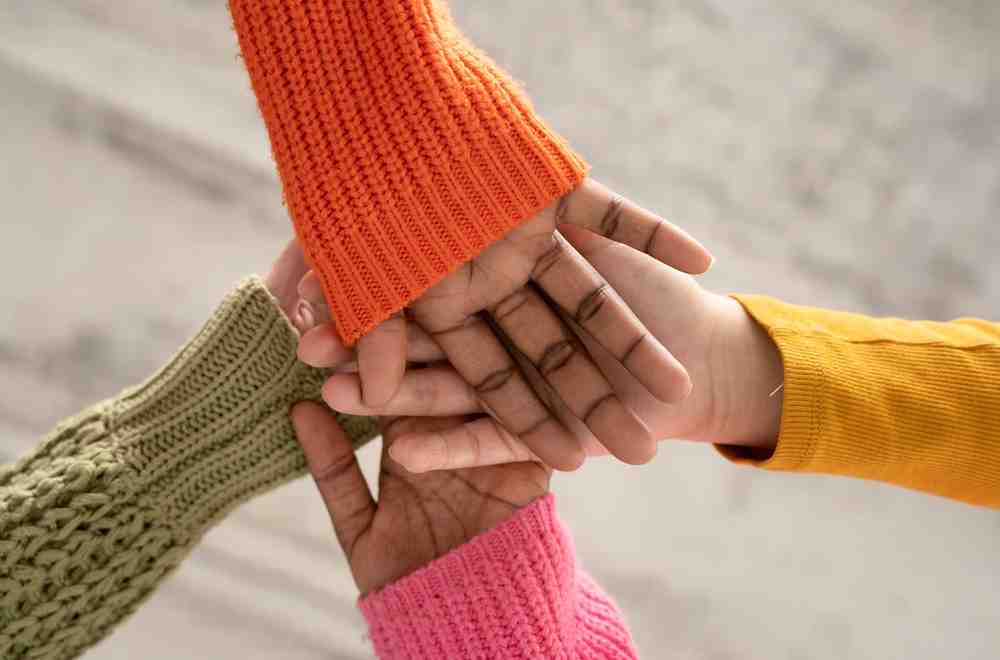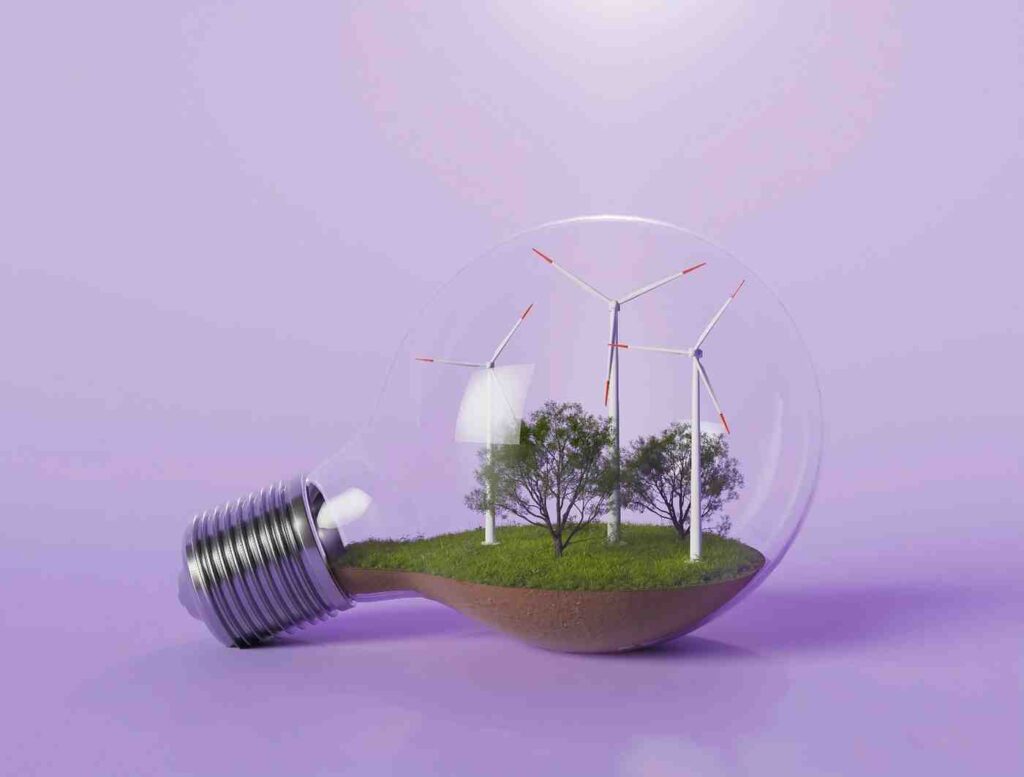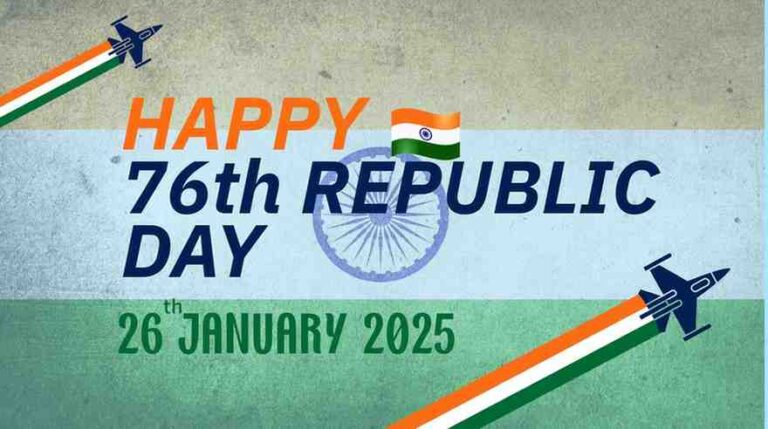Republic Day in India is celebrated on 26 January every year, marking the day when the Constitution was adopted in 1950. This year, we celebrate the 76th Republic Day, a day of celebration and a day for pondering and pride. This article will view the various facets of India’s spirit-from colorful culture to a firm commitment to democracy-through this important national event.
Unity in Diversity: The Cultural Facade of India
India’s diversity is certainly one of her most striking features, often summarized in the phrase, “unity in diversity.” This Republic Day, the nation parades her culture with a host of performances, floats, and displays, each narrating a story from the various states about their heritage, tradition, and modernity.
- The Republic Day Parade as Cultural Performances is yet another significant and good reason that brings the audience on the ground alive. Bhangra from Punjab, Chhau from West Bengal, and Bihu from Assam will even depict the variety in dance form from India. Such performances, in addition to entertainment, go a long way in education about this vast cultural tapestry that is India.
- Floats and Exhibitions: Each state and union territory shall bring to the national capital a tableau, often those reflecting the themes of historical significance, modern achievements, or cultural landmarks. For instance, Kerala presents its backwaters and literary heritage, while Uttar Pradesh shows the Taj Mahal, or that which connects it to the spiritual fabric of the country.
- Military and Civilian Pageantry: The display of the military might of the regiments from the different corner of India symbolizes the unity of armed forces of India. This time there would not be just the parade but also an enhanced spotlight on the display of India’s paramilitary forces and their ascribed function in the national security that would occupy place in focus.
The Democratic Journey: From Constitution to Contemporary Challenges
The Constitution of India, enacted on January 26, 1950, is not merely a legal document but rather a living testimony to the democratic spirit of India. On the occasion of Republic Day, the focus is on:
- They are truly the most democratic values which are embedded in the Constitution: justice, liberty, equality and fraternity, as assured in the Preamble. The struggles to attain these values continue to be made. Free speech, equality before law and social justice- perhaps more than anything else at this moment- provoke discussion about contemporary issues.
- Modern Problems : Other issues-such as corruption, communalism, and security versus civil liberties-all challenge the very texture of democracy itself. It is a testing of the Constitution as India sails through these troubled waters, with judicial activism, media freedom, and public protests increasingly defining governance.
- Voting and Civic Engagement: The high voter turnout in recent elections, especially among the youth, signals a strong democratic pulse. Republic Day celebrations often include segments on voter education, emphasizing the power of each citizen in shaping the nation’s future.
Economic Growth and Social Equity

India has set a a fruitful but equally challenging growth story, marked by numerous giant steps:
- Economic Milestones: The passage from being an economy dominated by agriculture into one of global economic relevance has been very interesting. For decades, India has gone through liberalization, privatization, and globalization, resulting in the explosion of entrepreneurship, IT services, and the emerging digital economy. ‘Make in India’ has been responsible for attracting foreign investment, ‘Digital India’ has restructured service delivery, and ‘Atmanirbhar Bharat’ (Self-Reliant India) seeks to enhance domestic production. On this Republic Day, we offer our congratulations on these achievements-from being a place where global businesses flock to being leaders in pharma, India has earned the title ‘Pharmacy of the World,’ emphasized across its engagement during the pandemic.
- Social Equity: However, the reciprocal challenge accompanying the economic development process is the challenge of ensuring prosperity for all. The gap in wealth distribution which exists between rural and urban India, along with the chasm that divides the rich from the poor, and all the social strata across the board, still remains an important issue. The government has introduced a plethora of schemes to address this contention, such as PM-KISAN, which ensures an electronic transfer of money to farmers; MG-NREGA for employment in rural areas; and educational reservations for marginal communities, to name just a few. The discussion is, however, limited to whether these measures are ever going to work at the ground level to bridge the gulf. What this year sees on the Republic Day, therefore, is not only commemoration of economic achievements but also some serious reflective effort towards social equity, including promulgation on how to ensure economic growth is inclusive.
- Technological Leap: Technology has shown the way forward to overcoming the gap. The shattering rook of UPI has made a leeway to penetrate the entire nation’s unbanked populace into the access of financial services.” In India, the realization of potential through skills acquisition has been targeted toward millions of youth under ‘Skill India.’ These digital paths are now playing a great role in bringing government services to desktop and popularizing them, particularly in times of crisis such as the COVID-19 pandemic.
- Challenges and Opportunities: These advancements also include a lot of challenges such as unemployment specifically for educated youth shortage of jobs, despite being dependent on qualifications, and, finally, creating broad-based, sustainable employment opportunities. The agricultural sector still employs a large population, and the following challenges are faced by the industry: climate change effects; water scarcity; and market fluctuations. While we celebrate Republic Day, waving our economic advancements in one hand, there is a companion in one hand as far as making the most of technology and policy to achieve these sustainable livelihoods-and thereby not promoting economic growth at the expense of social equity but rather promoting social equity itself.
- Looking Forward: This will also require much celebration to be undertaken in an environment in which economic policies are accompanied by social equity. Countries such as renewable energy will not only address how they will contribute to economic growth but also create more employment in rural areas. This will also include how India can take advantage of its demographic dividend, not only to spur economic growth but also to build a more inclusive society where opportunities are equally distributed among all, thus promoting a sense of inclusion and belonging as against separation among citizens.
Environmental Consciousness and Sustainable Future

The environmental narrative in India offers both adversity and opportunity, taking a firm root in the body of public domain and policy-making.
- Climate Action: Not let this Republic Day pass in vain; India’s commitments to combating climate change are thus foregrounded on the occasion. Initiatives such as this, International Solar Alliance; this, renewable energy push through solar parks; and ‘net-zero carbon emissions by 2070’ articulate India’s presence globally-the-yet there are still big challenges: air pollution in cities like Delhi, waste management, and countering the environmental impacts of rapid urbanization. Republic Day celebrations will feature segments focusing on such initiatives and show India’s intent to balance development with environmental sustainability.
- Conservation Efforts: The same highlights of India’s biodiversity and conservation efforts are celebrated on this day too. From Project Tiger, which has phenomenally increased the population of tigers, to Namami Gange-cleaning the holy Ganga-here lies the commitment of India towards its natural heritage. These conservation stories can perhaps be encapsulated by Republic Day floats or exhibitions, bringing to the fore some lesser known species and ecosystems like the Sundarbans mangroves or the coral reefs of the Andaman, as part of the biodiversity that is intrinsically tied up with India.
- Public Awareness: Republic Day, therefore, stands for fostering the spirit of environmentalism, drawing from national pride and cultural ethos to inculcate the sense of responsibility towards nature. Schools, media, and government campaigns did use this opportunity to disseminate messages about plastic pollution, tree plantation, and sustainable living. The themes of environmental awareness are incorporated in the Republic Day or its cultural programs to instill a long-term sense of environmental stewardship in its citizens, especially the youth, considered stewards of India’s future environmental concerns.
Consequently, this year’s celebrations of the Republic Day do not only commemorate the adoption of the Constitution but also re-establish the national resolve towards a sustainable and environment-conscious future development where preservation and development hand in hand.
Conclusion – 76th Republic Day
The substantive meaning of the 76th Republic Day means; not merely a day in which we remember our glorious past, but an occasion for daily working towards the ideals of unity, democracy, social and economic justice, and holistic living. This day holds a space for an interface between the past and the present, celebrating the transition of India from being a newly freed nation to a flourishing, lively democracy. Thus, the eternal spirit of India keeps adapting to the choices made by us to fulfill the promise given to every Indian born and yet to be born in order that he/she can share the prosperity and pride of this great nation.




